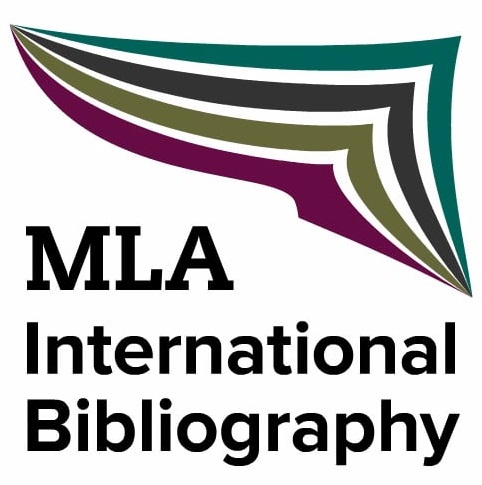Affective Images: The Transformative Power of Photography in Siri Hustvedt’s “The Blindfold”
DOI:
https://doi.org/10.13135/2281-6658/3451Keywords:
Photograph, Novel, Narrative, Image, Fake NewsAbstract
Siri Hustvedt’s The Blindfold is a novel in which photography, or to be more specific, a photograph, seems to have the power to shape, obfuscate, and frame narrative. In what is primarily a close reading of the book, this paper will highlight the ways in which a photographic portrait alienates, emulates, and finally embodies its subject, the protagonist Iris Vegan. In maintaining a focused textual analysis, this paper is ultimately able to excavate the photograph’s role in the novel, with particular regard to narrative, temporarily, and subjectivity. Central to my argument is that the photographic portrait becomes a character it its own right. An antagonist and copy of Iris, which, through its photographic properties, seems to supersede Iris’s sociality, health, and reality. Following the close reading, the paper concludes in a more reflexive tone as it asks and answers what The Blindfold’s affective portrait could mean for our own contemporary moment of proliferate and instant photographic social media, dubious provenance, and “fake” news.Downloads
Downloads
Published
Issue
Section
License
Authors keep the copyrights for their work and give the journal the work’s first publication copyright, which is at the same time licensed under a Creative Commons License – Attribution, which in turn allows other parties to share the work with an acknowledgement of the work's authorship and initial publication in this journal.
Content Licence

You are free to copy, distribute and transmit the work, and to adapt the work. You must attribute the work in the manner specified by the author or licensor (but not in any way that suggests that they endorse you or your use of the work).
Metadata licence

CoSMo published articles metadata are dedicated to the public domain by waiving all publisher's rights to the work worldwide under copyright law, including all related and neighboring rights, to the extent allowed by law.
You can copy, modify, distribute and perform the work, even for commercial purposes, all without asking permission.






